Seafood High in Potassium in Singapore: A Nutritious Delight
Are you looking for a way to boost your potassium intake? If so, seafood is a great option to consider. Not only is it a delicious addition to your diet, but certain types of seafood are also high in potassium. In this article, we'll explore the top seafood choices high in potassium in Singapore, the health benefits of potassium-rich seafood, and where to find it in Singapore.
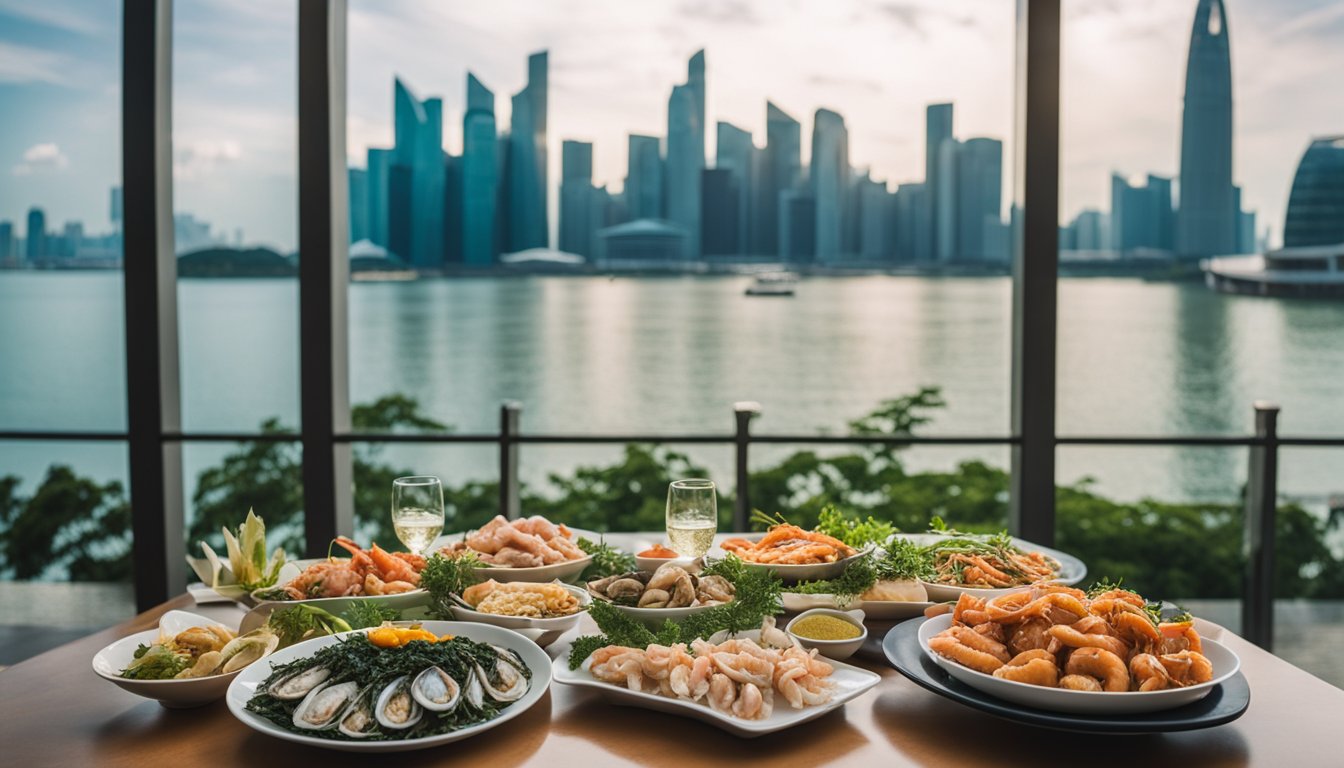
When it comes to getting enough potassium in your diet, seafood is often overlooked. However, many types of seafood are rich in this essential mineral. Potassium is important for maintaining healthy blood pressure, supporting muscle and nerve function, and regulating fluid balance in the body. In Singapore, there are several types of seafood that are particularly high in potassium, making them a great addition to your diet.
So, if you're looking to increase your potassium intake and add some variety to your meals, keep reading to discover the top seafood choices high in potassium in Singapore. We'll also share some tips for preparing and cooking potassium-rich seafood, as well as where to find it in Singapore.
Top Seafood Choices High in Potassium in Singapore
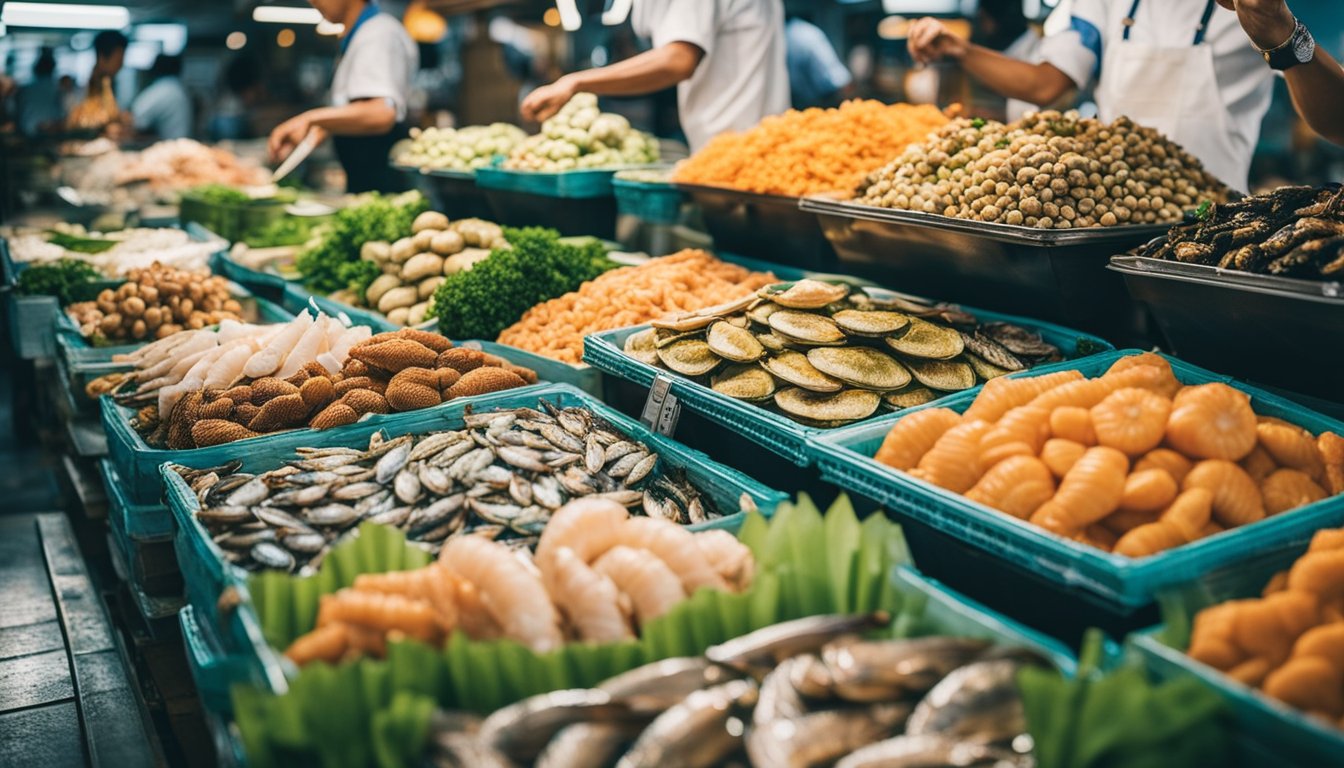
If you are looking for seafood options that are high in potassium, Singapore has a variety of delicious choices to offer. Potassium is an essential mineral that helps regulate fluid balance, muscle contractions, and nerve signals in the body. Here are some top seafood choices high in potassium that you can enjoy in Singapore:
1. Clams
Clams are a great source of potassium, with one cup of cooked clams containing approximately 534mg of potassium. They are also low in fat and calories, making them a healthy seafood option. You can enjoy clams in various dishes such as clam chowder, pasta with clam sauce, or simply steamed with garlic and butter.
2. Salmon
Salmon is a popular and versatile seafood option that is high in potassium, with one fillet containing approximately 534mg of potassium. It is also an excellent source of omega-3 fatty acids, which are essential for heart health. You can enjoy salmon in various dishes such as grilled salmon, salmon sashimi, or baked salmon with herbs.
3. Tuna
Tuna is another seafood option that is high in potassium, with one can of tuna containing approximately 484mg of potassium. It is also a good source of protein and omega-3 fatty acids. You can enjoy tuna in various dishes such as tuna salad, tuna sandwich, or grilled tuna with vegetables.
4. Prawns
Prawns are a delicious and healthy seafood option that is high in potassium, with one cup of cooked prawns containing approximately 534mg of potassium. They are also low in fat and calories, making them an excellent choice for those watching their weight. You can enjoy prawns in various dishes such as prawn stir-fry, prawn curry, or simply grilled with lemon and herbs.
5. Mussels
Mussels are another seafood option that is high in potassium, with one cup of cooked mussels containing approximately 534mg of potassium. They are also a good source of protein and omega-3 fatty acids. You can enjoy mussels in various dishes such as mussel soup, mussel pasta, or simply steamed with white wine and garlic.
In conclusion, there are many seafood options in Singapore that are high in potassium and delicious to eat. By incorporating these seafood choices into your diet, you can ensure that you are getting enough potassium to support your body's essential functions.
Health Benefits of Potassium-Rich Seafood
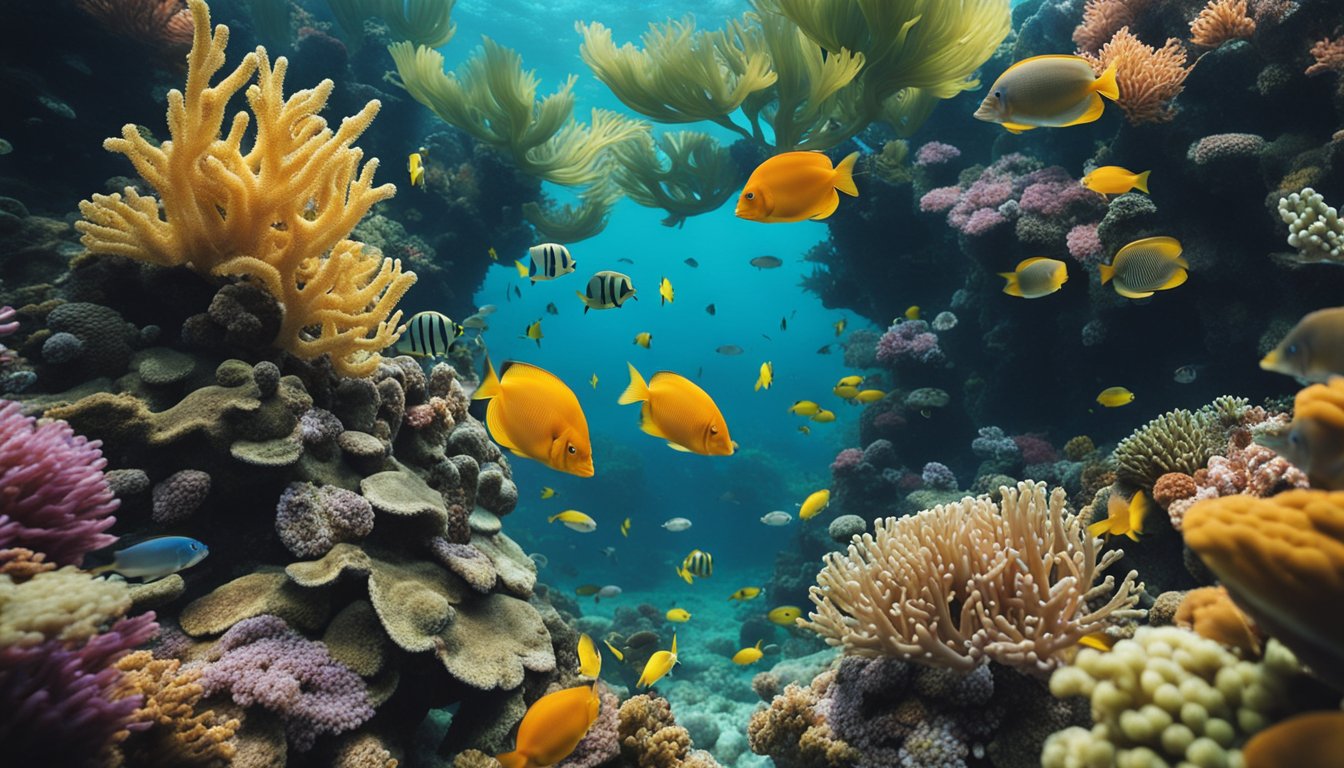
Eating seafood that is high in potassium can provide numerous health benefits. Potassium is an essential mineral that your body needs to function properly. It helps regulate fluid balance, muscle contractions, and nerve signaling.
Here are some of the health benefits of consuming potassium-rich seafood:
1. Regulates Blood Pressure
Potassium plays a crucial role in regulating blood pressure, and seafood is an excellent source of potassium. Eating seafood such as salmon, tuna, and halibut can help lower your blood pressure, reducing your risk of developing hypertension and other cardiovascular diseases.
2. Improves Heart Health
Potassium-rich seafood can also improve your heart health. Studies have shown that consuming seafood high in potassium can help reduce the risk of heart disease by lowering cholesterol levels and improving blood vessel function.
3. Helps with Muscle Function
Potassium is essential for proper muscle function, and seafood is a great source of this mineral. Consuming seafood such as crab, lobster, and shrimp can help improve muscle strength and reduce muscle cramps.
4. Boosts Brain Function
Potassium is also important for brain function, and consuming seafood high in potassium can help improve cognitive function. Eating seafood such as mackerel, sardines, and herring can help boost brain function, improving memory and concentration.
Incorporating potassium-rich seafood into your diet can provide numerous health benefits. So, next time you're at the seafood market, be sure to pick up some of these delicious and nutritious options.
Preparing and Cooking Potassium-Rich Seafood
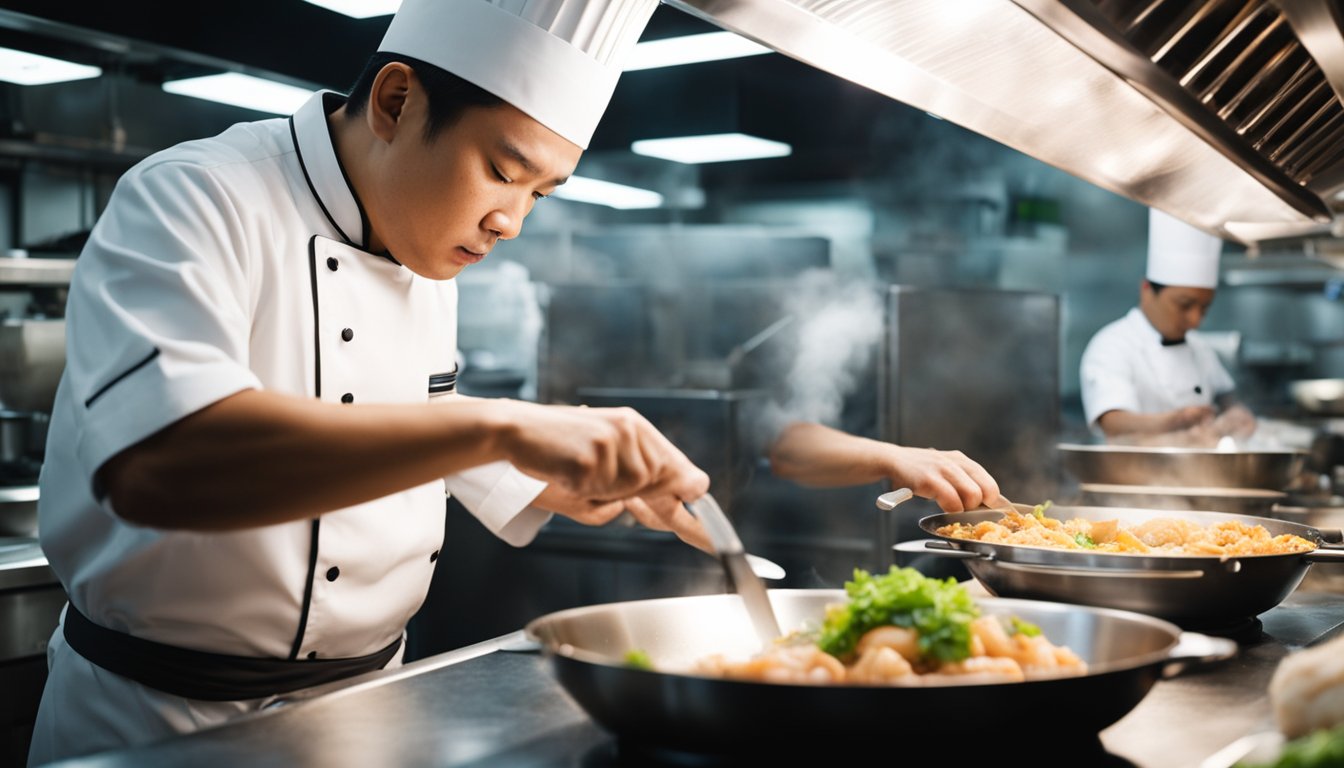
Seafood is an excellent source of potassium, and there are many different types of seafood that are high in this essential mineral. When preparing and cooking seafood, there are a few things to keep in mind to ensure that you get the most out of your meal.
Choose Fresh Seafood
When shopping for seafood, it's important to choose fresh fish and shellfish. Fresh seafood not only tastes better, but it also contains more nutrients, including potassium. Look for seafood that is firm and has a bright, shiny appearance. If you're buying fish, the eyes should be clear and bulging, and the gills should be bright red.
Cook Seafood Properly
Cooking seafood properly is essential to getting the most out of your meal. Overcooking seafood can cause it to lose nutrients, including potassium. To avoid overcooking, it's important to cook seafood quickly and at the right temperature. Steaming, grilling, and baking are all great ways to cook seafood quickly and retain its nutrients.
Season Seafood with Potassium-Rich Ingredients
Another way to boost the potassium content of your seafood is to season it with potassium-rich ingredients. Herbs such as parsley, basil, and thyme are all high in potassium and can add flavour to your seafood dishes. You can also use potassium-rich spices such as cumin, coriander, and turmeric to add depth to your dishes.
Potassium-Rich Seafood
Here are some examples of seafood that are high in potassium:
| Seafood | Potassium Content (mg) |
|---|---|
| Clams | 534 |
| Crab | 324 |
| Halibut | 490 |
| Lobster | 452 |
| Mussels | 534 |
| Salmon | 534 |
| Scallops | 534 |
| Shrimp | 210 |
| Tuna | 484 |
Including potassium-rich seafood in your diet is a great way to boost your potassium intake and improve your overall health. By choosing fresh seafood, cooking it properly, and seasoning it with potassium-rich ingredients, you can create delicious and nutritious meals that are good for you.
Where to Find Potassium-Rich Seafood in Singapore

If you're looking to add more potassium-rich seafood to your diet, Singapore offers a variety of options. Here are some places to find them:
Wet Markets
Singapore's wet markets are a great place to find fresh seafood. Look for stalls selling clams, mussels, and oysters, which are all high in potassium. You can also find fresh tuna, salmon, and other fish that are rich in this essential mineral.
Seafood Restaurants
Many seafood restaurants in Singapore offer dishes that are high in potassium. Look for dishes like steamed fish, which is often served with soy sauce and ginger, or seafood soup, which can be made with a variety of potassium-rich ingredients.
Supermarkets
If you prefer to cook your own seafood at home, you can find a variety of options at supermarkets like NTUC FairPrice and Cold Storage. Look for canned anchovies, which are a great addition to pasta dishes, or canned tuna, which can be used to make sandwiches or salads.
Online Seafood Stores
If you prefer to shop online, there are a variety of seafood stores that offer delivery in Singapore. Look for stores that offer fresh seafood like salmon, tuna, and shellfish, as well as frozen options like prawns and squid.
By incorporating more potassium-rich seafood into your diet, you can help support healthy blood pressure, muscle function, and overall health.
Frequently Asked Questions
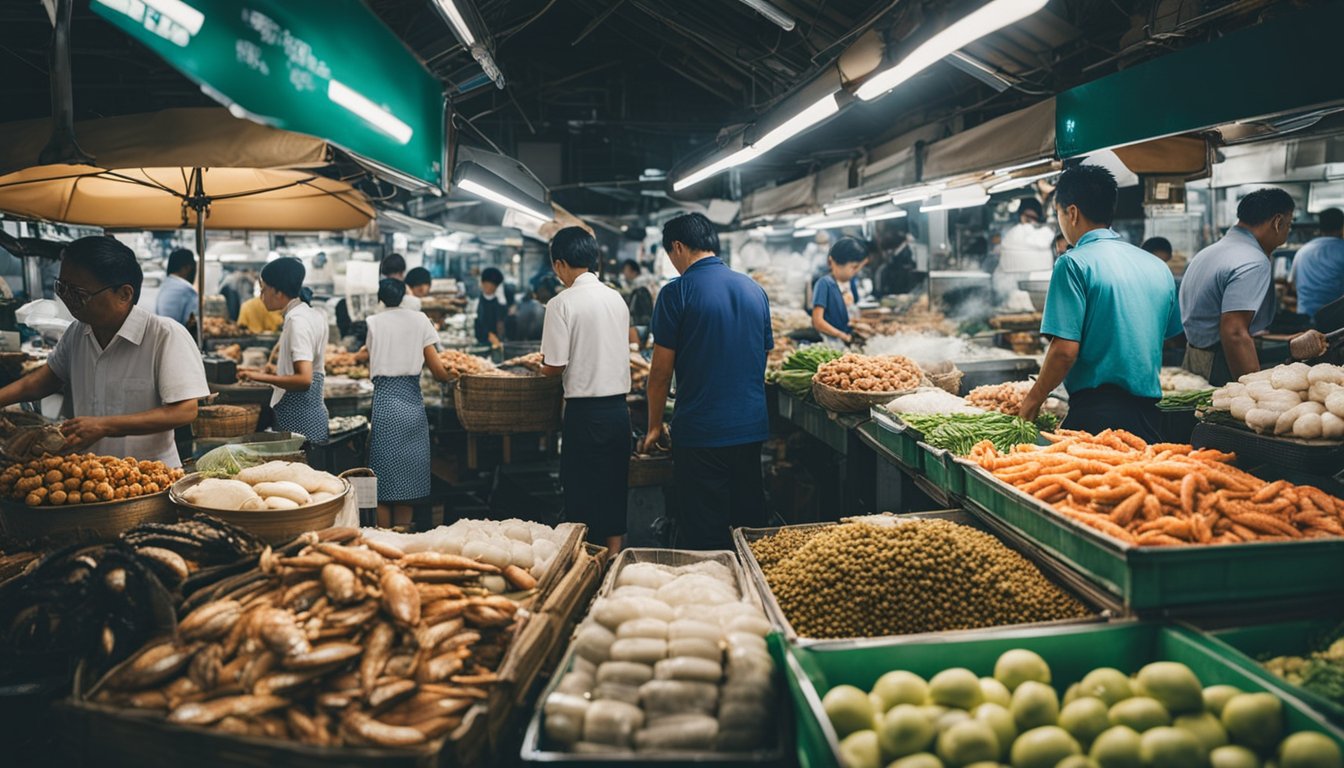
Could you tell me which succulent seafood options to sidestep on a potassium-restricted diet?
If you're on a potassium-restricted diet, it's important to know which seafood options to avoid. Some types of seafood are particularly rich in potassium, including clams, oysters, crabs, lobsters, and scallops. You should also be cautious when consuming fish, as some types, such as salmon and halibut, are high in potassium.
Are there any popular Singaporean seafood dishes known for their high potassium levels?
Yes, there are a few popular Singaporean seafood dishes that are known for their high potassium levels. For example, fish head curry, a spicy and flavourful dish made with fish head and vegetables, is high in potassium. Other dishes to watch out for include chilli crab and black pepper crab, both of which are made with crab, a seafood that is high in potassium.
How does the potassium content in local greens like kailan compare to that in seafood?
While seafood is known to be high in potassium, local greens like kailan are also a good source of this essential mineral. However, the amount of potassium in kailan is generally lower than that in seafood. For example, a 100-gram serving of kailan contains around 147 milligrams of potassium, while a 100-gram serving of salmon contains around 628 milligrams of potassium.
Remember, if you're on a potassium-restricted diet, it's important to consult with your doctor or a registered dietitian to determine the appropriate amount of potassium for your individual needs.


